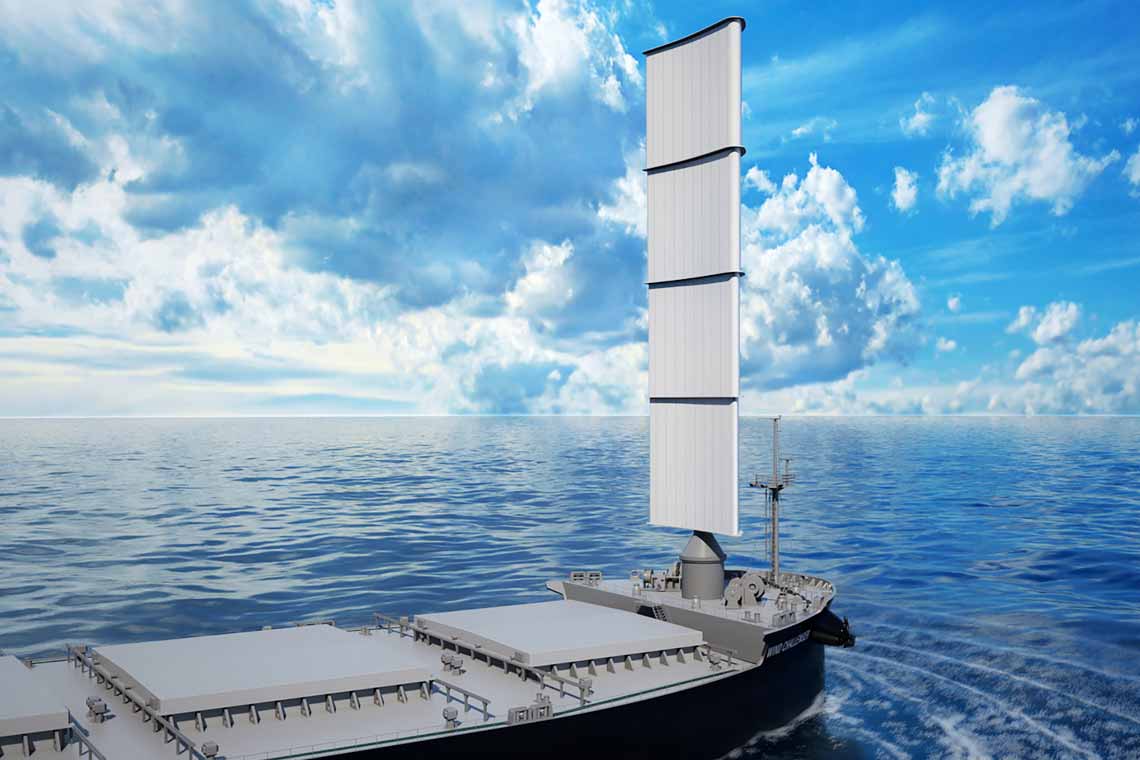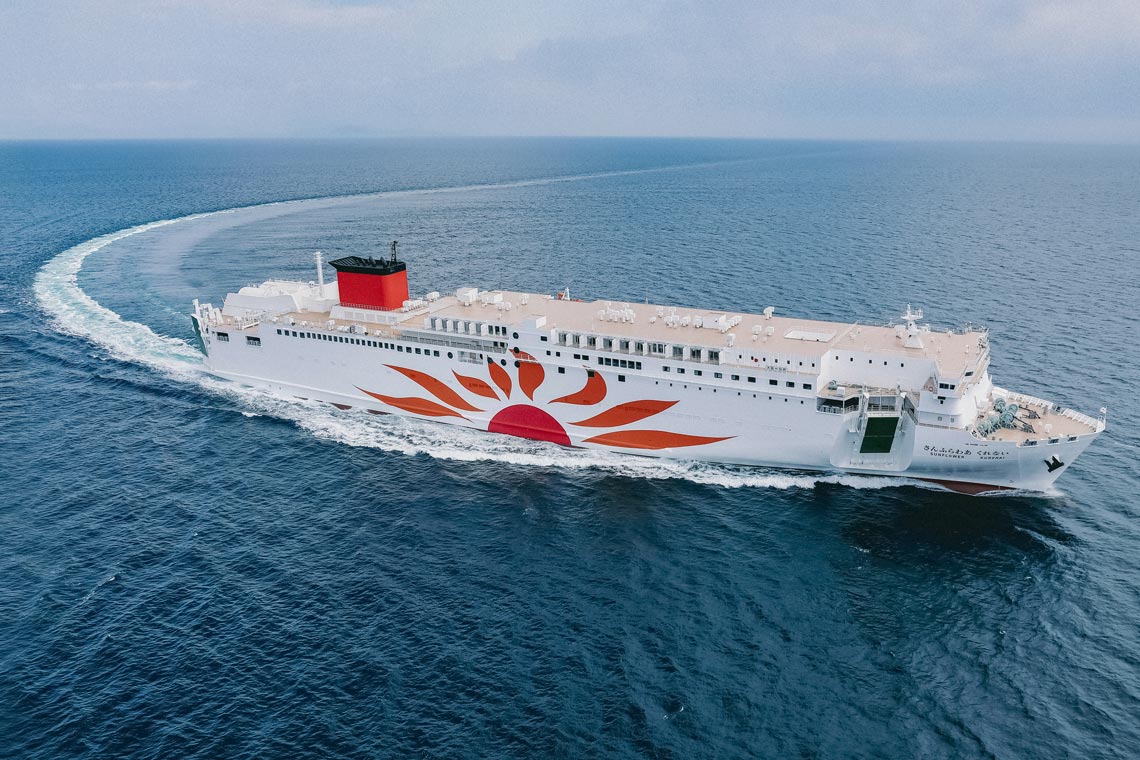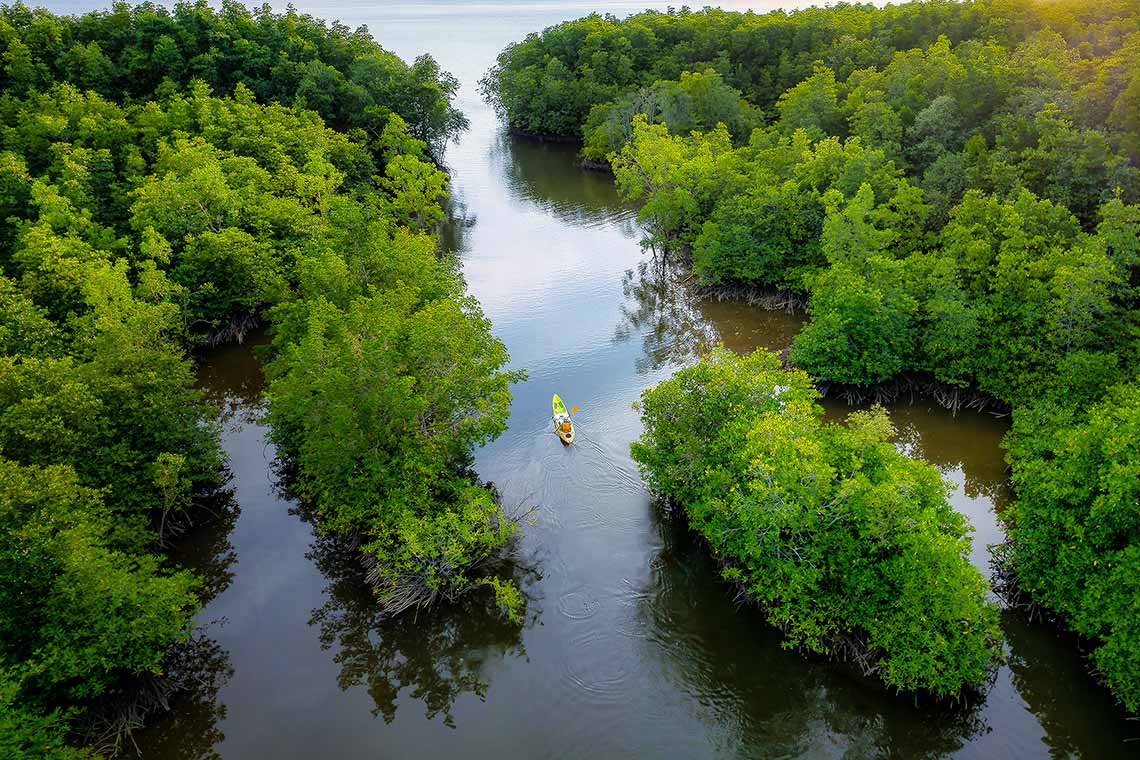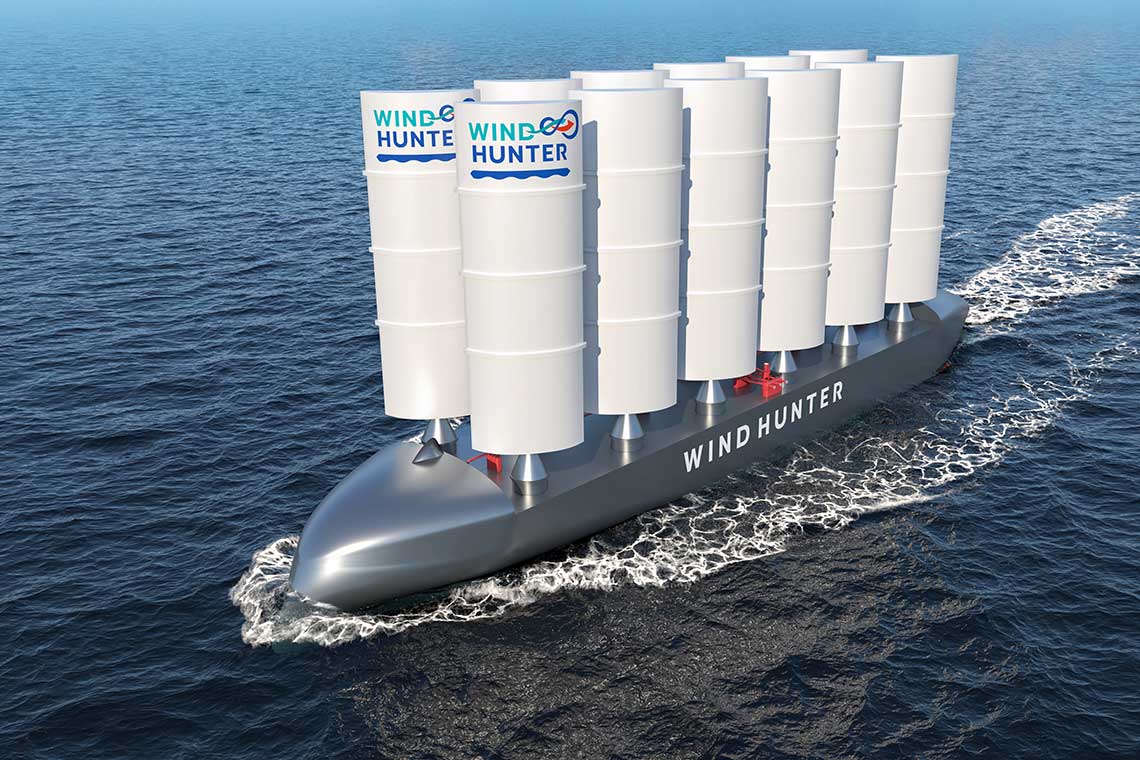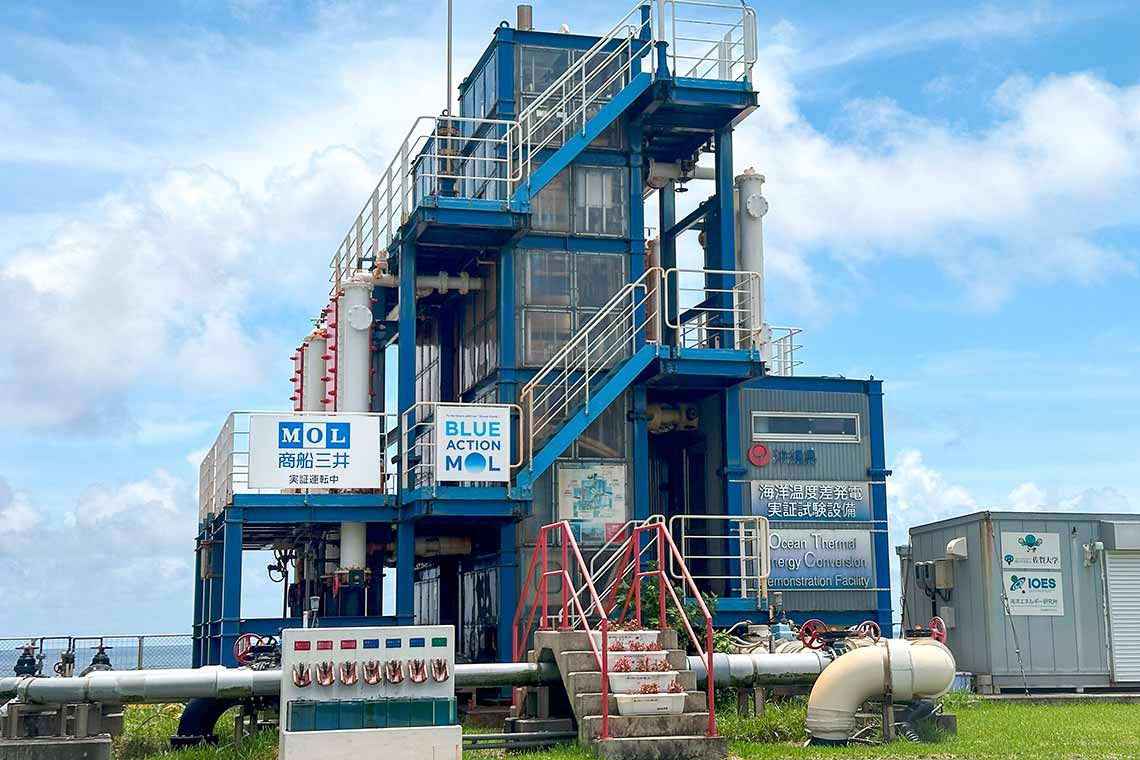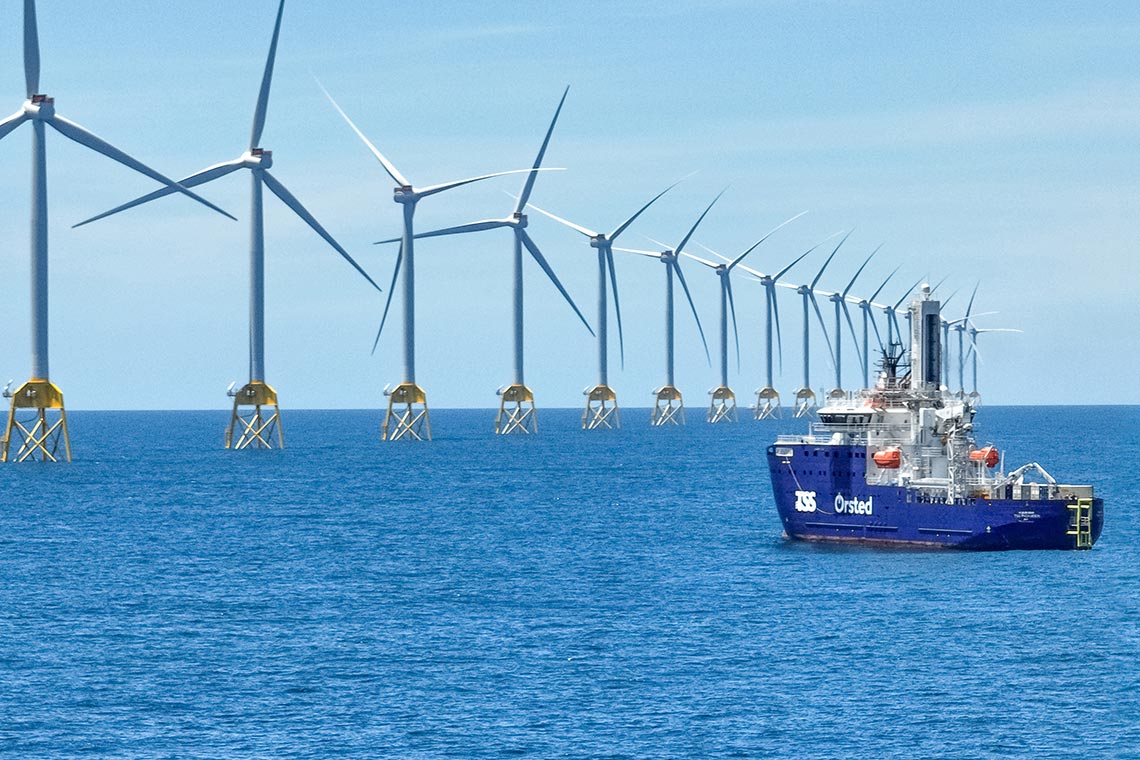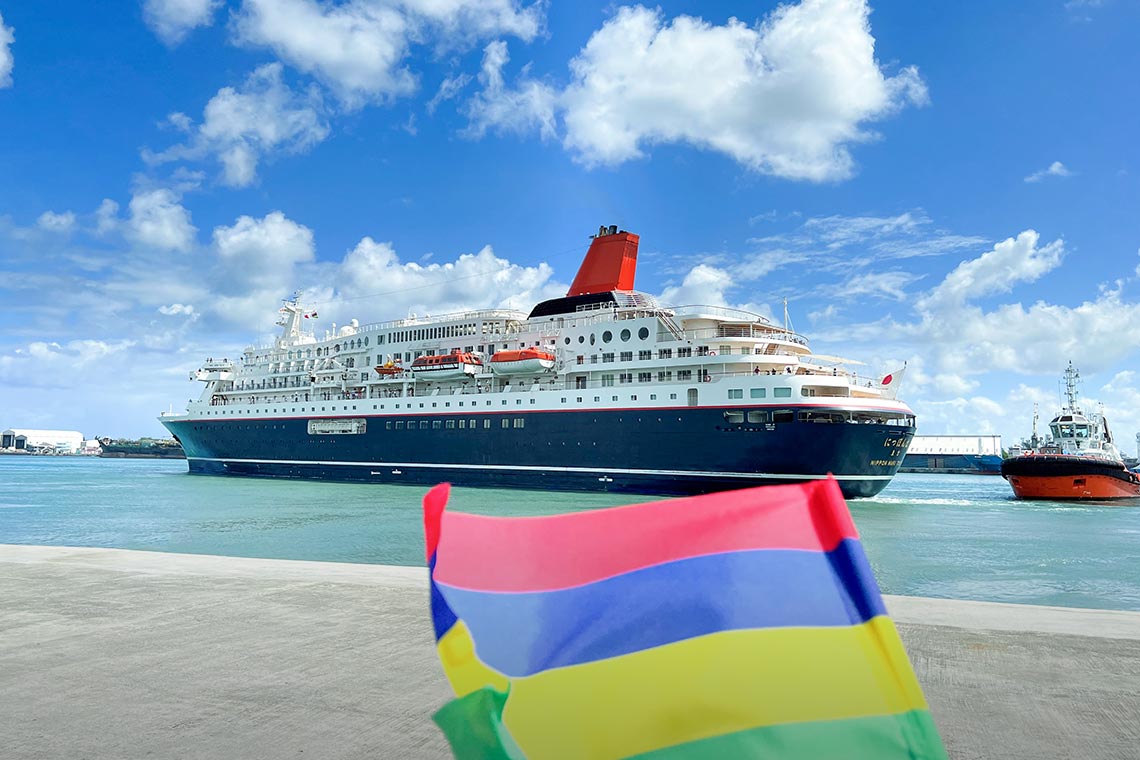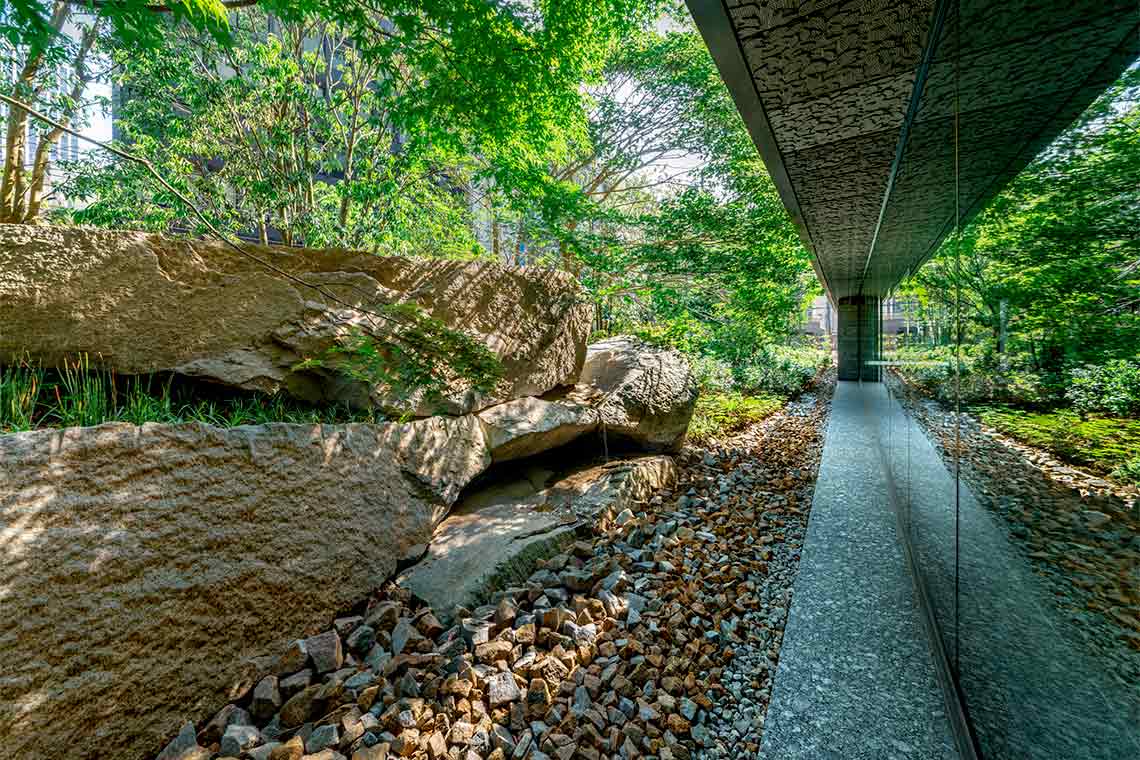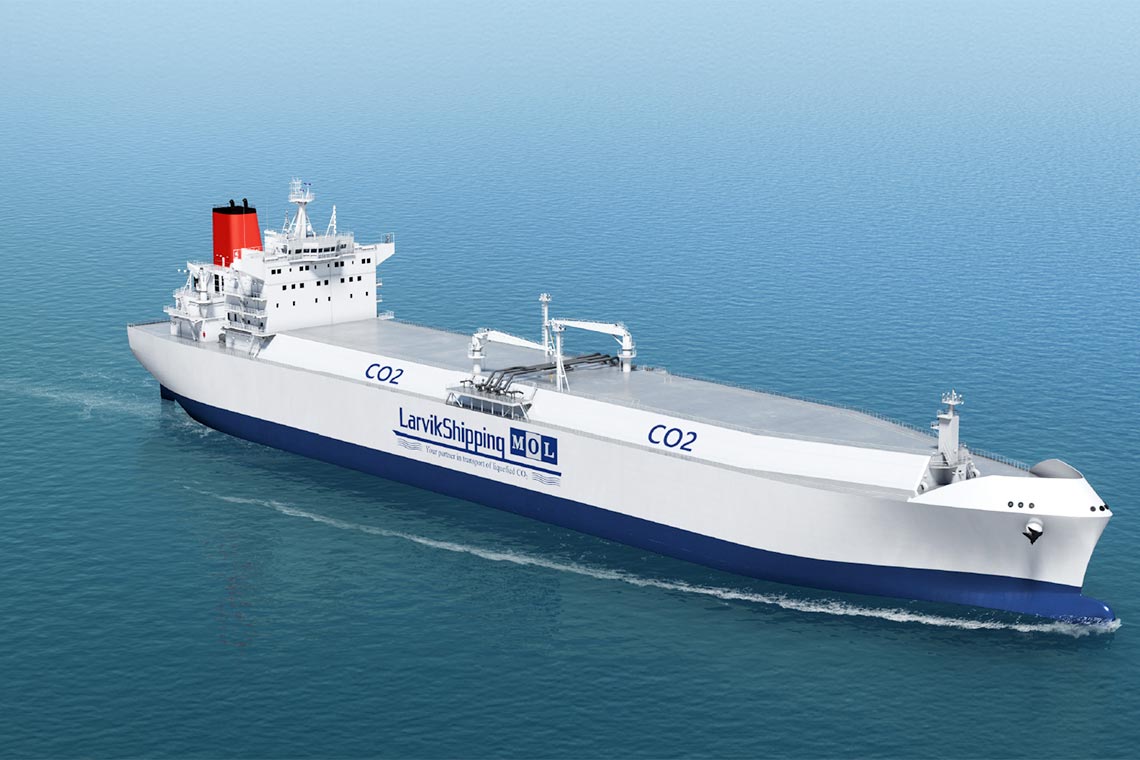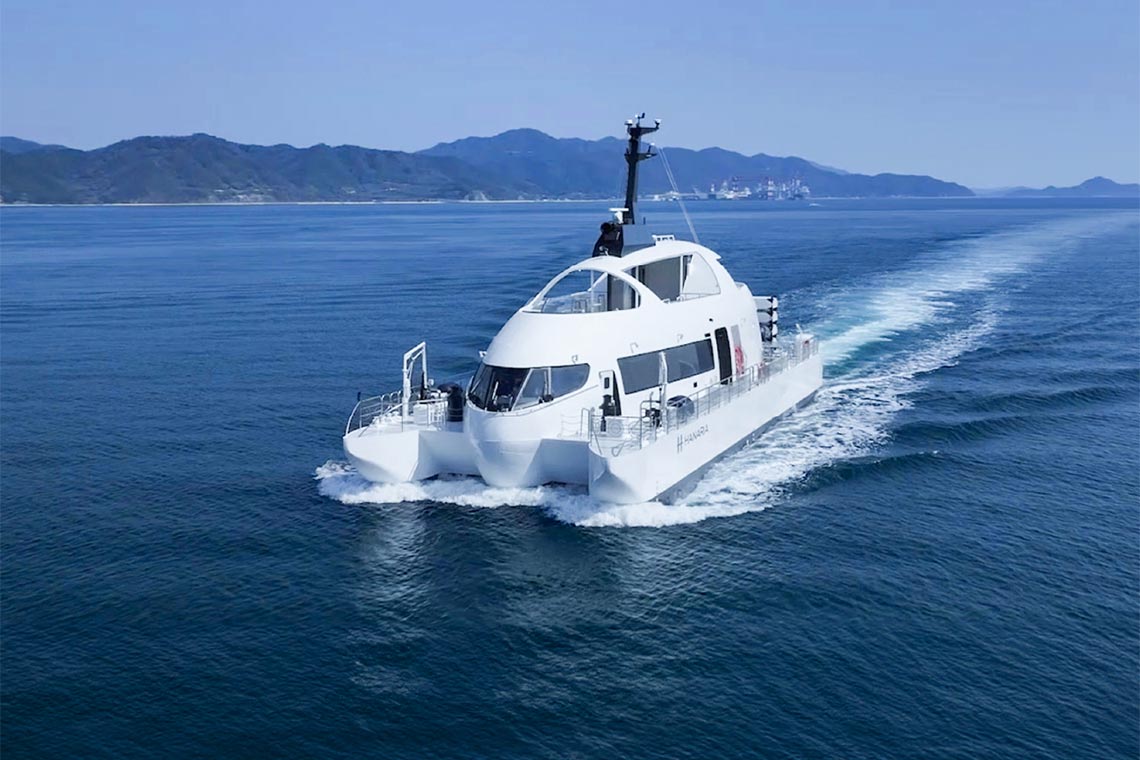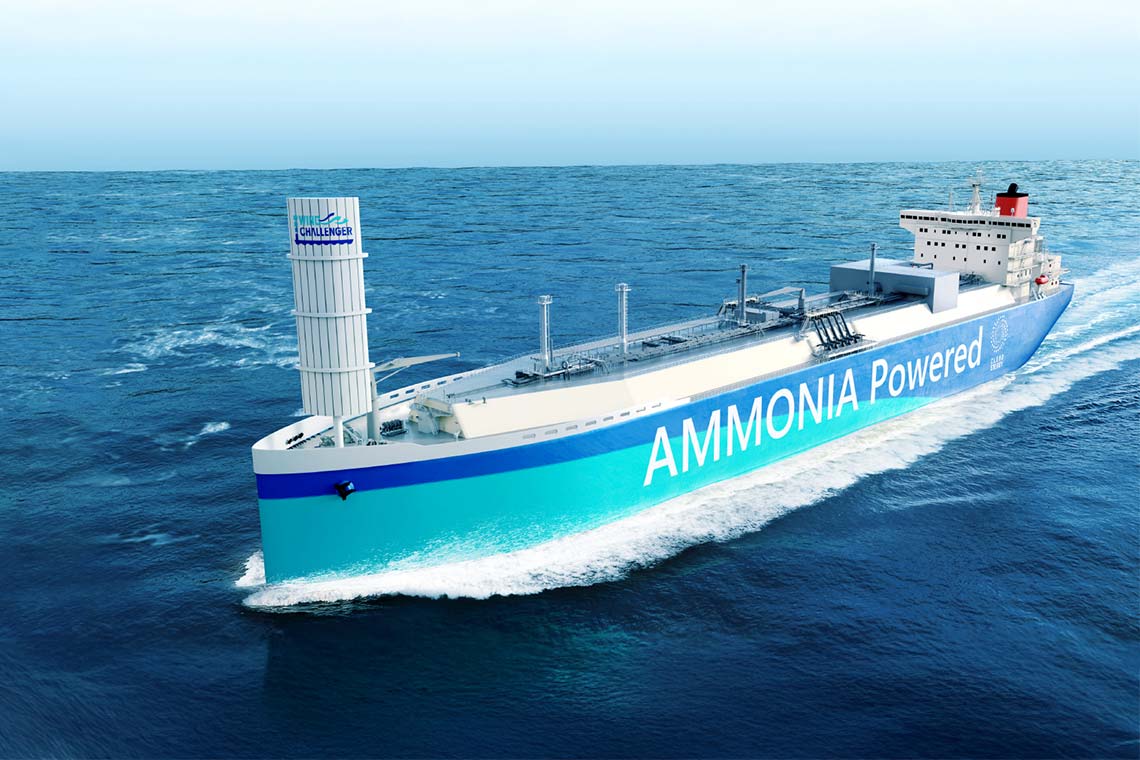
Conservation Project
- STATEMENT
- To the future,
with our
'Ocean Planet.'
BLUE ACTION 003
Mangrove Restoration &
Conservation Project
The cradle of life,
for future generations.
Nov 10, 2022




Mangroves grow in brackish waters in tropical and subtropical regions. They attract many living things, which create a unique, rich ecosystem filled with diversity. However, this cradle of life is dwindling due to deforestation. To restore, protect, and pass on to future generations these mangroves that we are currently losing, Mitsui O.S.K. Lines has joined a blue carbon project in Indonesia with a partner company.
Blue carbon refers to carbon dioxide captured and stored by marine ecosystems. Mangroves capture and store more CO2 relative to their area than forests on land. This ability to store carbon has drawn attention to mangroves as a powerful tool to fight climate change. The project aims to remove and reduce CO2 in the atmosphere by approximately 11 million tons by restoring and conserving mangroves in an area covering 23,500 ha. In addition, Mangroves are expected to protect people living in coastal areas from tsunami and high waves, improve water quality, clean the soil, and help to restore and preserve ecosystems.
Restoring mangroves mean bringing back the original rich treasures of our planet and passing them on to future generations. Like a mangrove connecting the sea and the land, Mitsui O.S.K. Lines Group wants to connect people with nature, for the sake of all life on earth living in the next generation. There is meaning in acting now on the crisis we face. To start, we will take what concrete action we can as a social infrastructure company operating on the oceans.
Mangroves grow in brackish waters in tropical and subtropical regions. They attract many living things, which create a unique, rich ecosystem filled with diversity. However, this cradle of life is dwindling due to deforestation. To restore, protect, and pass on to future generations these mangroves that we are currently losing, Mitsui O.S.K. Lines has joined a blue carbon project in Indonesia with a partner company.


Blue carbon refers to carbon dioxide captured and stored by marine ecosystems. Mangroves capture and store more CO2 relative to their area than forests on land. This ability to store carbon has drawn attention to mangroves as a powerful tool to fight climate change. The project aims to remove and reduce CO2 in the atmosphere by approximately 11 million tons by restoring and conserving mangroves in an area covering 23,500 ha. In addition, Mangroves are expected to protect people living in coastal areas from tsunami and high waves, improve water quality, clean the soil, and help to restore and preserve ecosystems.

Restoring mangroves mean bringing back the original rich treasures of our planet and passing them on to future generations. Like a mangrove connecting the sea and the land, Mitsui O.S.K. Lines Group wants to connect people with nature, for the sake of all life on earth living in the next generation. There is meaning in acting now on the crisis we face. To start, we will take what concrete action we can as a social infrastructure company operating on the ocean.

